There are 3 charcoal factories on that stretch of road. Please be warned not to take any photos in the 2nd charcoal factory (which is sandwiched in between Mr. Chuah's and the 3rd charcoal factory). The Malay owner is very rude and does not like photos to be taken in his premises. You might get a charcoal chunk thrown at u if you persist in taking photos there.
An overview of the factory on the inside
We arrived at 9am. It was not too hot but alas...it was low tide. Best time for tourists to get there will be around 1.30pm when the water canal flows in on high tide and tourists will also get a chance to go on a river cruise through the mangrove forests nearby at the tourist center.
Mr. Chuah is a jolly owner of the Chuah's Charcoal factory. There are many charcoal factories located in Kuala Sepetang itself! Each factory there is allocated a certain amount of land in hectares for a year to harvest the mangrove trees to turn them into charcoal. Everything is controlled by the govt to avoid over logging.
Mr. Chuah explained further that mangrove trees are important to the ecosystem and helps protect the land from being hit by tsunamis like the huge one that happened a few years back. Now, India, Indonesia, China have also started planting mangrove trees to help block any untoward incidences involving tsunamis. Besides that, the mangrove trees also provide a protective shelter for fish and shell fishes. Each mangrove tree can only be harvested after they turn 28 years old! Each factory owner is allocated a lot of land but that does not mean that there will be ready stock of wood to be harvested. The wood pile stocks are everywhere. The wood must be sun dried for a few days before they enter the kilns. My..My...28 year old mangrove trees are still so skinny..!!
The barks are not wasted and they go into a fire pile to be turned into ashes for plant fertilizers.
Each oven kiln is handmade by a kiln sifu who uses no set paper plan to build it. Each kiln is built from years of experience by the estimation theory. Each kiln is built from 22,000 pieces of RED bricks and is held together by clay.
The kilns are used to smoke and dry and turn the live wood into charcoal. The process takes 28 days starting with heavy fire burning from outside 24 hours a day and gradually the fire will turn smaller after the sifu detects that the wood is almost ready. The wood will need a further 3 to 5 days to cool down before they can be taken out of the kiln as the temperature is very very high. The logs are arranged systematically so as to be able to fit more in the kiln. 1 kiln can hold 10 tons of mangrove wood and after 28 days of continuous burning and evaporation, the end product only weights 1 ton =.=
There are 6 outlets at the sides of the kiln to let the water vapour out from the mangrove logs and is collected in barrels. According to Mr. Chuah, the evaporated water has many beneficials and is exported out to Japan to beauty product companies as an ingredient to make skin care products. The water is actually blood red in color as this type of Mangrove trees used are red wood.
Nothing is wasted here. The tree barks that has been removed will be burnt to ashes and packed as healthy fertilizer for plants. Wood chips will also be turned into charcoal bits and are a vital ingredient for orchid farming.
Here is the finished product. This lorry load is going to be sent to Europe. The customers who buy the charcoal include orders from Europe, China and Japan.
There are plenty of mangy friendly dogs at the charcoal factories and some of the puppies are so cute! They crunched up my store bought dehydrated deer liver pieces in no time and came running to me for more.
It was a truly enjoyable trip there and although it was so hot outside, it was surprisingly kind of cool in the charcoal factory except those areas near the kiln.
I wouldn't mind coming back here when the tide is high and I would love to take a mangrove river cruise one day. Enjoy my photos. I made the mistake of taking most photos in sepia mode....should have taken in full color and convert the color modes mannually.

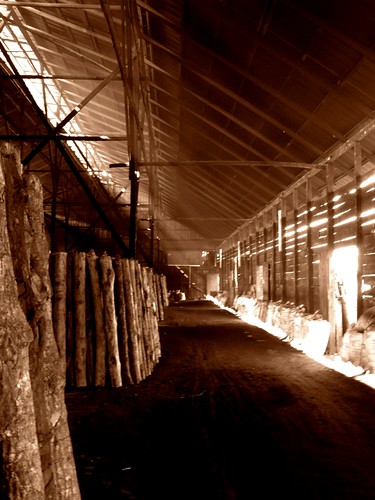



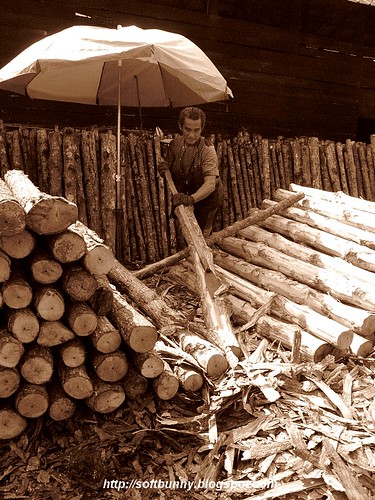





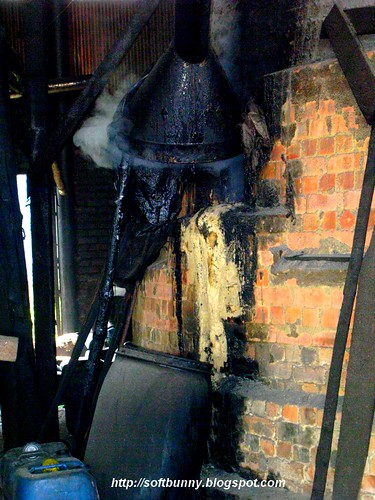
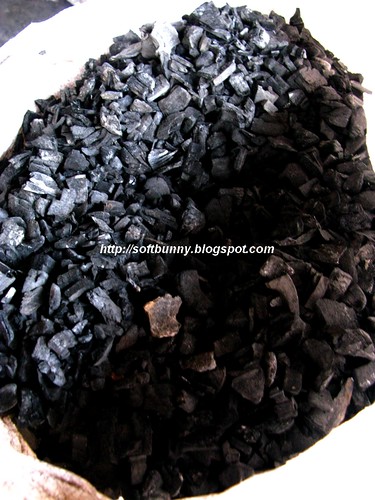
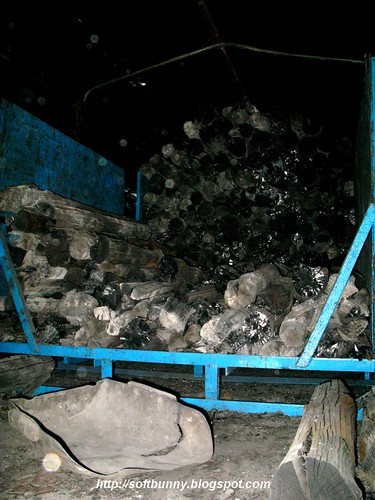
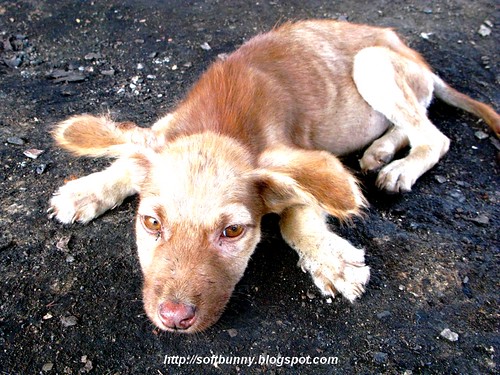

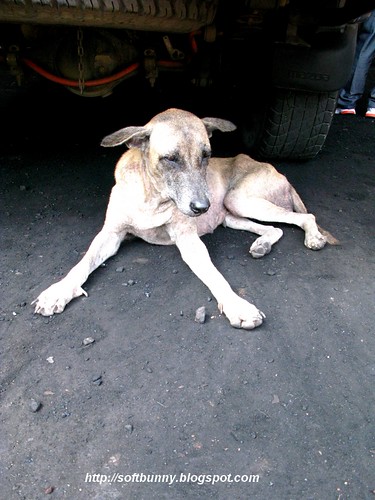

No comments:
Post a Comment